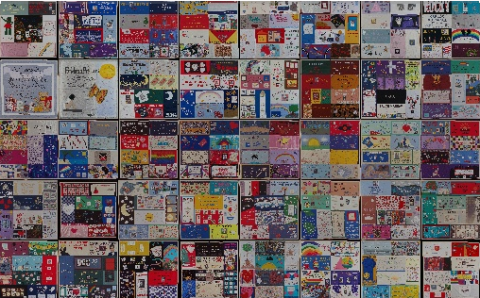When we hear the word “camera” we tend to think of a little device that fits in the hand. Actually, the word is Latin for “vaulted chamber,” or room. The first cameras were rooms.
Long before the invention of photographic film, it was discovered that if you have a darkened room with a small hole in it, the light passing through will project an upside-down image of the surrounding scenery onto the opposite wall. The Chinese philosopher Mo Tzu, who died in the early 4th century BCE, called it the “locked treasure room.” In 1604 the German mathematician and astronomer Johannes Kepler coined the term “camera obscura,” or darkened room.
Kepler and other astronomers used the camera obscura to observe the sun. The problem with viewing dimmer objects, though, is that the tiny aperture lets in very little light. You can widen the hole to let in more light, but as you do so the image gets blurrier. Eventually it was discovered that you can have a wide aperture if you place a glass lens over it to focus the light.
With advances in optics, artists made more use of the device. The painter David Hockney and physicist Charles M. Falco have theorized that as early as the 15th century, Renaissance painters were using the camera obscura and other optical devices to project images onto their canvases as an aid to composition. By the time the chemical process of photography was invented in the 1820s, the camera was old hat.
In the scene above from the 2007 BBC series The Genius of Photography, photographer Abelardo Morell returns to the camera’s roots to create a striking image of the Basilica di Santa Maria della Salute in Venice projected onto an interior wall of a palazzo on the other side of the Grand Canal. To capture the strange interior-exterior scene on film, he uses a camera-within-a-camera.
Morell has been combining modern photography with the ancient camera obscura technique for over 20 years. He first tried it in the living room of his home in Quincy, Massachusetts. He sealed off all the windows, cut a dime-sized hole in the covering and set up a view camera. His first exposures lasted five to 10 hours. Since then, Morrell has traveled the globe to capture exotic exteriors projected onto interior walls. He now uses high-speed digital cameras to cut the exposure time down to minutes. “One of the satisfactions I get from making this imagery,” he says on his Web site, “comes from my seeing the weird and yet natural marriage of the inside and the outside.”
You can view a selection of Morell’s camera obscura photographs at AbelardoMorell.net. And if you’d like to try it yourself, watch the video below from National Geographic, “Making Your Own Room With a View.”


